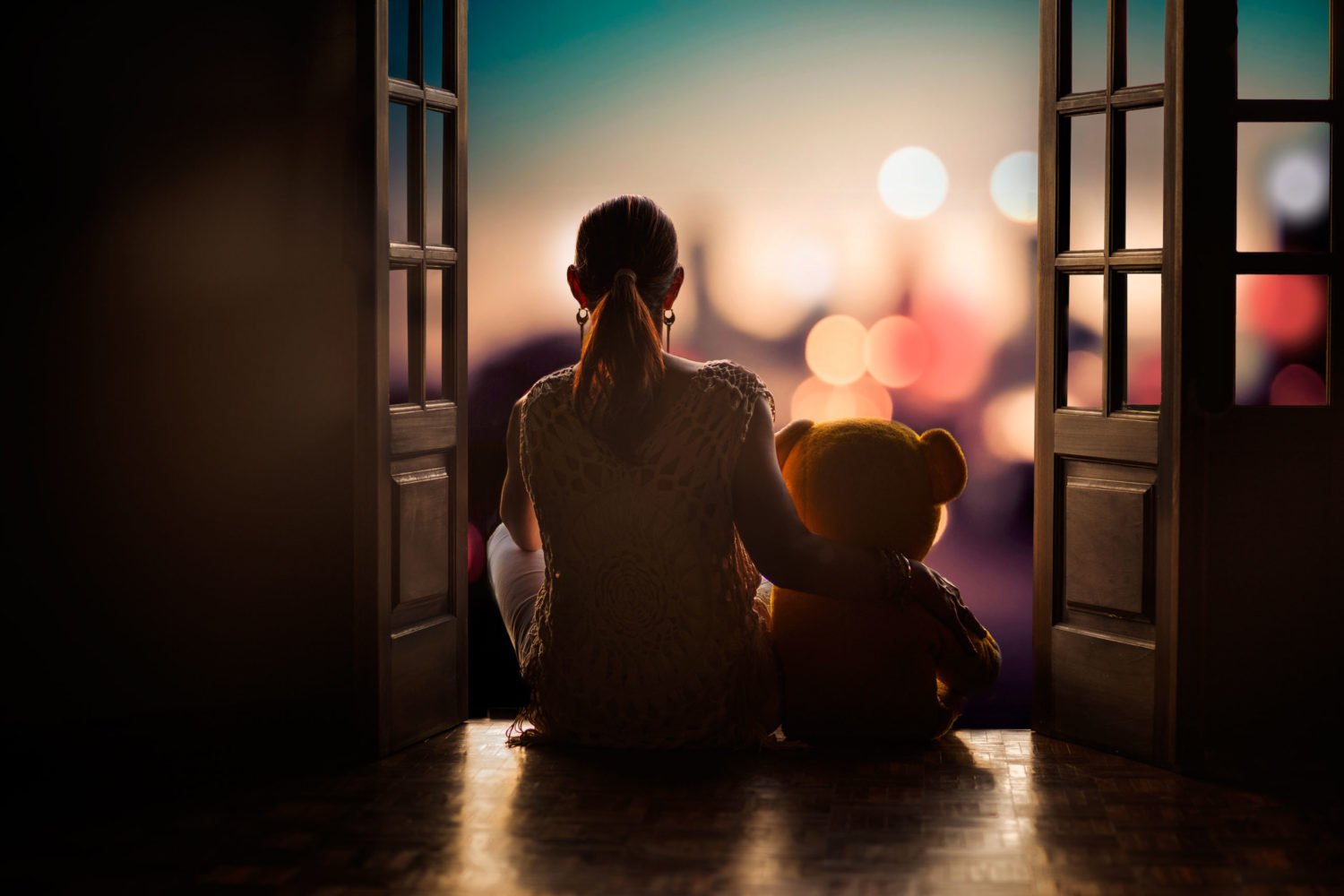Photography is more than just capturing a moment in time—it’s about telling a story. Whether it’s an intimate portrait, a bustling cityscape, or a vast landscape, every photograph has the potential to convey a deeper meaning beyond what’s visible in the frame. Understanding the importance of storytelling in photography is key to creating images that resonate with viewers and leave a lasting impression. Here’s why storytelling matters and how you can use it to elevate your photography.
1. Storytelling Engages the Viewer
At its core, storytelling is about engaging your audience. A well-told story draws people in and invites them to connect with the subject on a personal level. In photography, this can be achieved through:
- Emotion: Capturing genuine emotions, whether joy, sorrow, or curiosity, makes your image relatable. Viewers are naturally drawn to photos that make them feel something.
- Context: Providing context within your image helps the viewer understand the scene. Details in the background, such as the environment or other people, add layers to the narrative.
- Action: Incorporating action into your photos tells a dynamic story. A subject mid-laugh, running, or interacting with their surroundings can evoke a sense of movement and immediacy.
Tip: Focus on the subject’s expression, body language, and the overall atmosphere of the scene to create a more engaging story.
2. Photos with Stories Have More Impact
While a technically perfect photo may be visually appealing, one with a story will have a more profound and lasting impact. A compelling image allows the viewer to ask questions or imagine the scene before and after the shot was taken. Photos with storytelling elements can provoke thought and evoke curiosity:
- Who is the person in the image, and what are they feeling?
- Where is this place, and what is its significance?
- What just happened, or what is about to happen?
These questions linger in the viewer’s mind, giving your photo staying power. It becomes more than just a picture; it becomes a moment captured within a larger narrative.
Tip: Try to think about what story your photo tells before you press the shutter. What message do you want to convey, and how can you capture that through composition, lighting, and subject matter?
3. Composition is Key to Storytelling
Composition is one of the most powerful tools a photographer has to tell a story. The way you frame your shot can guide the viewer’s eye and emphasize important details that contribute to the narrative:
- Rule of Thirds: Placing your subject off-center can create a more dynamic and natural scene, allowing the background or other elements to contribute to the story.
- Leading Lines: Use lines, such as roads, buildings, or natural formations, to lead the viewer’s eye towards the subject, helping them focus on key parts of the image.
- Framing: Incorporate natural frames (doorways, windows, arches) to draw attention to the subject and add a sense of context or isolation.
- Depth of Field: Play with depth of field to control what’s in focus. A shallow depth of field can isolate the subject, while a deep depth of field can show more of the surrounding environment, giving clues to the story.
Tip: Experiment with different angles and perspectives to see how they change the narrative. A low-angle shot can make the subject appear powerful, while a high-angle shot can give a sense of vulnerability.
4. Emotional Connection: Telling Personal Stories

Photographs with emotional depth tend to resonate most strongly with viewers. The best way to create this emotional connection is by telling personal stories, whether they are your own or those of your subjects. This can include:
- Portraits of individuals: Capturing someone in their natural environment, engaged in something they care about, can speak volumes about their personality, mood, or life story.
- Documentary-style photography: Capturing candid moments of everyday life often results in raw, authentic stories. From street photography to travel shots, these images reveal truths about the human experience.
Tip: Spend time getting to know your subjects before photographing them. Understanding their personality, emotions, and background will help you capture images that are more authentic and layered with meaning.
5. Conveying a Message through Visual Storytelling
Photography has long been a powerful medium for conveying social, cultural, and political messages. Iconic images, such as those from the civil rights movement or war photography, have the ability to shape public opinion and inspire change. Your photos can also carry important messages:
- Focus on themes: Whether it’s love, freedom, isolation, or hope, building a series around a theme can create a strong narrative and allow for deeper storytelling.
- Highlight social issues: If you’re passionate about a particular cause, such as environmental conservation or human rights, your photography can bring attention to those issues and inspire action.
Tip: Be intentional about the themes or messages you want to convey through your photography. The more specific and focused the theme, the clearer the story will be.
6. Storytelling Adds Purpose to Your Photography
Without a story, a photo can feel purposeless or empty. However, when you approach photography with the goal of telling a story, it adds purpose and intent to your work. Every decision—from camera settings to framing—becomes a deliberate choice to enhance the narrative.
When you have a clear story in mind, you’ll find yourself making more thoughtful and creative decisions. It can also help you stay motivated and inspired, as you’re no longer just capturing images, but actively seeking out stories to tell.
Tip: Before a photoshoot, take time to think about the story you want to tell. What do you want your audience to feel, learn, or question when they look at your photos?
Conclusion
Storytelling is the heart of photography. By focusing on narrative, you can create images that do more than capture a moment—they evoke emotion, spark curiosity, and leave a lasting impact on the viewer. Whether through composition, emotion, or context, every photograph has the potential to tell a powerful story. As you continue to develop your skills as a photographer, remember that a well-told story can transform an ordinary image into something truly extraordinary.










